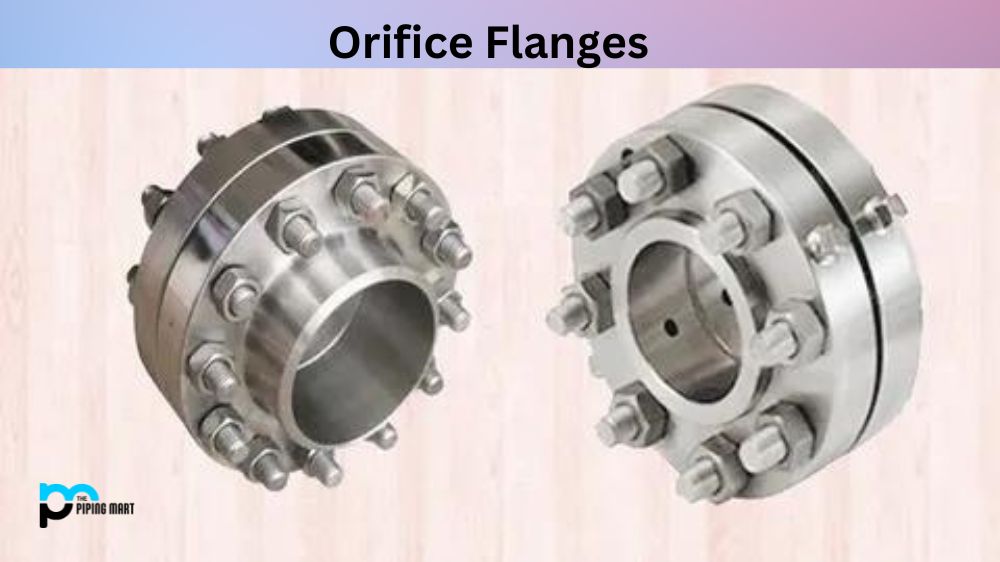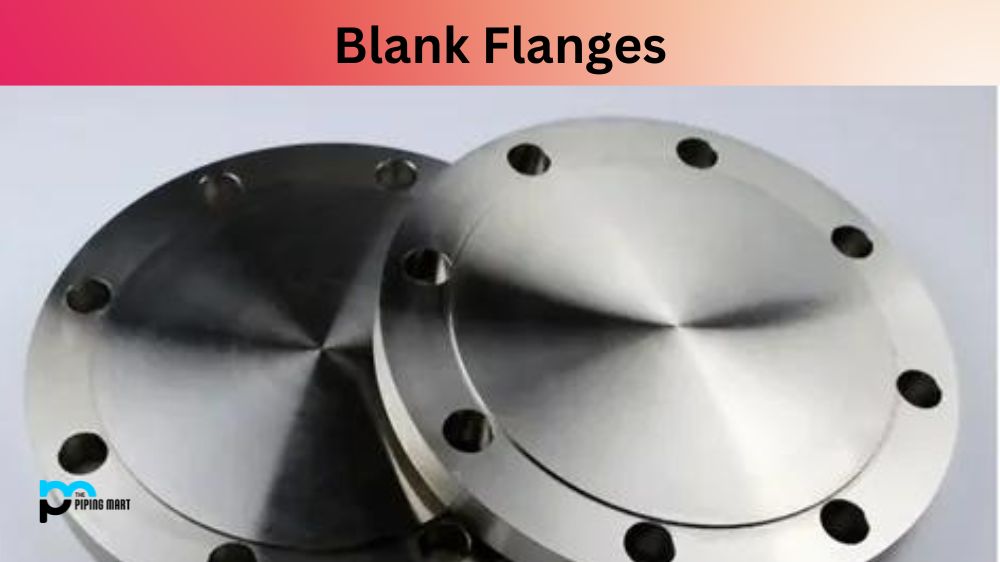If you’re in the steel and piping industry, you’ve probably encountered the terms “butt welding flange” and “flat welding flange” before. While these two flanges serve similar purposes, they have distinct differences that you need to know. This blog post’ll discuss the differences between butt welding flanges and flat welding flanges, including their applications, materials, and installation methods. By the end of this article, you’ll better understand which flange is suitable for your piping needs.
What is Butt Welding Flanges?
Butt Welding Flanges are high-pressure, integral and economical pipe flanges that eliminate the need for welding as they can be directly connected to a pipe without additional fittings. They offer strong and reliable connections that can withstand extreme temperatures and pressures, up to 10,000 psi / 600°F. As such, they are commonly used in demanding industrial applications like hydraulic systems or steam lines.
What is Flat Welding Flange?
Flat Welding Flange is a type of flange consisting of two halves that are joined together by welding. It is produced from either carbon steel or stainless steel, and its end connections can be male/female threaded design, butt welded, socket welded, or sealed with an O-ring. It provides excellent leak tightness for applications that require pressure resistance.
Difference Between Butt Welding Flanges and Flat Welding Flange
Applications
Butt welding flanges are commonly used in industrial applications with high pressure and critical conditions. They are ideal for pipelines that carry hazardous materials, such as oil and gas, because they provide a strong and reliable seal that can withstand extreme pressures and temperatures. On the other hand, flat welding flanges are typically used in low-pressure systems, such as water supply and drainage. They are also suitable for systems that require frequent disassembly and maintenance, as they are easily removed and replaced.
Materials
Both butt welding and flat welding flanges can be made from various materials, including carbon steel, stainless steel, and alloy steel. However, the material selection for each flange type will depend on the application and the environment. For instance, carbon steel is often used for butt welding flanges in oil and gas pipelines, while stainless steel may be used for flat welding flanges in food processing systems.
Welding Methods
As their names suggest, butt welding flanges are welded directly to the end of the pipe, while flat welding flanges are welded to a flat end of the pipe. Butt welding flanges use a bevelled edge on the mating surface, which is welded to a similar bevel on the pipe end, providing a strong and leak-proof connection. On the other hand, flat welding flanges have a flat mating surface and are welded using a fillet weld around the circumference of the flange and pipe.
Installation
Butt welding flanges require a more skilled and time-intensive installation than flat welding flanges. The pipes must be cut and bevelled at the correct angle, and the flange must be aligned precisely to ensure a strong, leak-proof connection. Flat welding flanges, by contrast, are easier to install because they don’t require the same level of precision. However, they may require more maintenance because they are more prone to leaks and corrosion.
Cost
In general, butt welding flanges are more expensive than flat welding flanges due to their complex manufacturing process and installation requirements. However, their superior performance and durability in critical pipeline systems often justify the higher cost.
Conclusion:
Choosing the right flange for your piping needs depends on various factors, including the application, the environment, and the level of precision required. While butt welding flanges and flat welding flanges may look similar, their application, materials, and installation methods differ significantly. Ultimately, the decision between the two will come down to the specific needs of your project and the level of performance and durability required. Understanding these differences will help you make a more informed decision when selecting the appropriate flange for your project.

Pipingmart is a B2B portal that specializes in metal, industrial and piping items. Additionally, we share the latest information and information about materials, products and various types of grades to assist businesses that are involved in this business.




